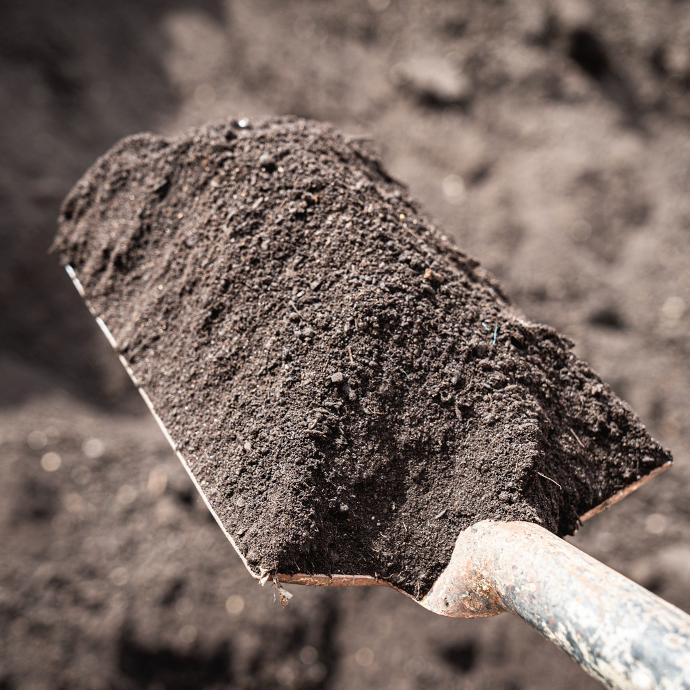Understanding Sandy Soil
Improving sandy soil can be challenging but rewarding. Sandy soils, often found near coastal areas, consist of large, gritty particles that drain water quickly and don't hold nutrients well. This makes it difficult for plants to thrive without extra help. The key to improving sandy soil lies in adding organic matter to enhance water retention, nutrient content, and soil structure.
How to Test for Sandy Soils
Before you start improving your garden, it’s important to confirm whether your soil is sandy. A simple test can help: grab a handful of damp to wet soil and squeeze it together. If it crumbles and doesn’t hold its shape, you’re likely dealing with sandy soil. This type of soil is known for its quick drainage and dryness, which can result in nutrient deficiency for plants.
Plants Suited for Sandy Soil
While sandy soil can be difficult for many plants, some species have adapted to these conditions and can thrive. Coastal and inland natives are great options for sandy soils, including:
- Coastal Banksias
- Tea Trees
- Coastal Rosemary (Westringia fruticosa)
- Kangaroo Paws
- Hardenbergias
- Leptospermums
- Atriplex 'Silver Holly'
- Geraldton Wax (Chamelaucium uncinatum)
- Eremophila
- Hardy succulents and lavender varieties
These plants are well-suited to low-nutrient soils, making them ideal choices for sandy environments.
Adding Organic Matter to Improve Sandy Soils
The best way to improve sandy soil is by incorporating organic matter such as compost and fertiliser. Organic material boosts the soil’s water retention and nutrient availability, helping plants thrive. Here’s how to do it:
- Add Organic Matter: Start by adding at least a barrowload (0.1m^3) of high-quality organic compost or manure per square meter.
- Dig Deep: Work the organic matter into the soil at around 100mm. The more organic material you incorporate, the better the results.
- Maintain and Replenish: Especially in hotter climates or sandy soils near beaches, you’ll need to regularly add more compost and organic matter to keep the soil healthy. Over time, the organic matter decomposes into humus, which is crucial for holding water and nutrients.
The Benefits of Organic Matter in Sandy Soil
Improving sandy soil by adding organic matter has multiple long-term benefits for your garden:
- Water Retention: Organic matter increases the soil’s capacity to absorb and hold water, reducing the need for frequent watering.
- Nutrient Storage: Healthy soils become storage banks for plant nutrients, making them available to plants as needed.
- Temperature Regulation: Organic material helps buffer soil temperatures, particularly in hot climates, protecting plant roots from overheating.
- Supporting Micro-organisms: Rich organic soil encourages beneficial micro-organisms and earthworms, which further improve soil structure and fertility.

Keep Your Soil Healthy
After improving your sandy soil, you’ll notice healthier plant growth and stronger root systems. However, sandy soils require ongoing care. At Daisy’s Garden Supplies, we offer a range of high-quality composts and soil enhancersthat can help you transform sandy soil into a lush, healthy garden. Visit us today and start improving your soil for thriving plants!